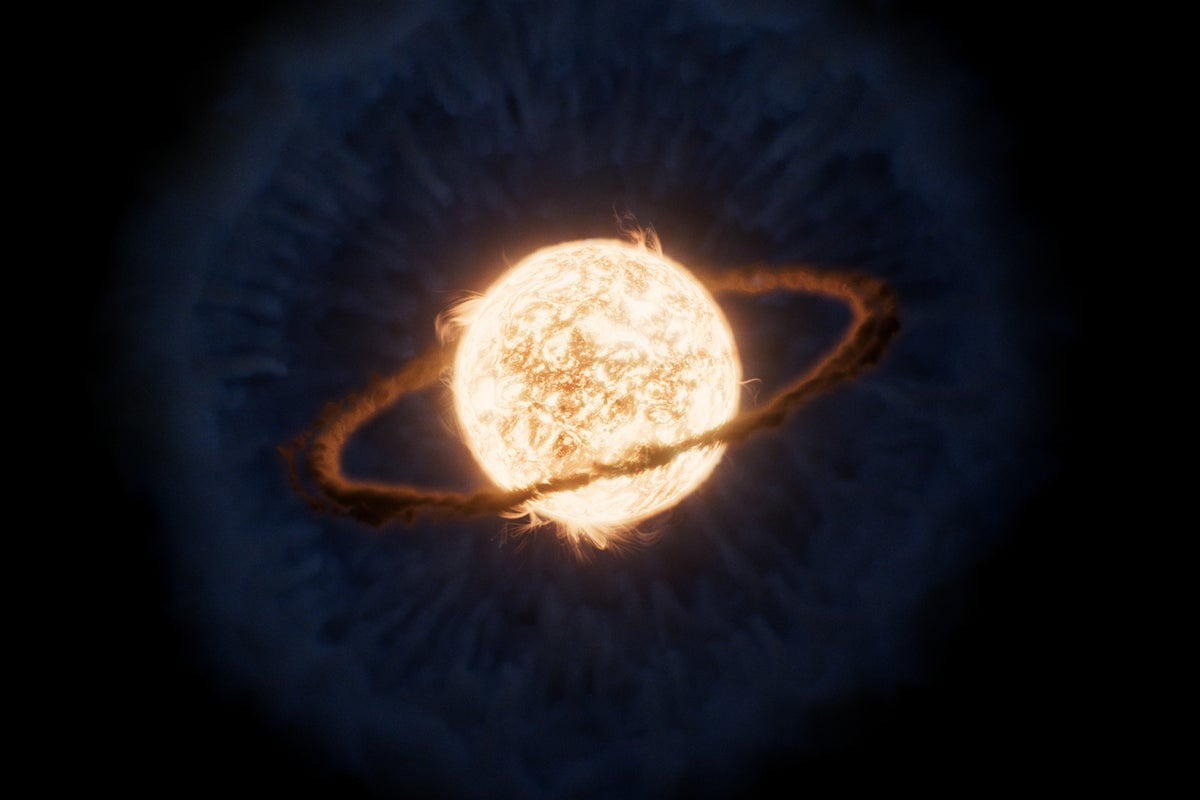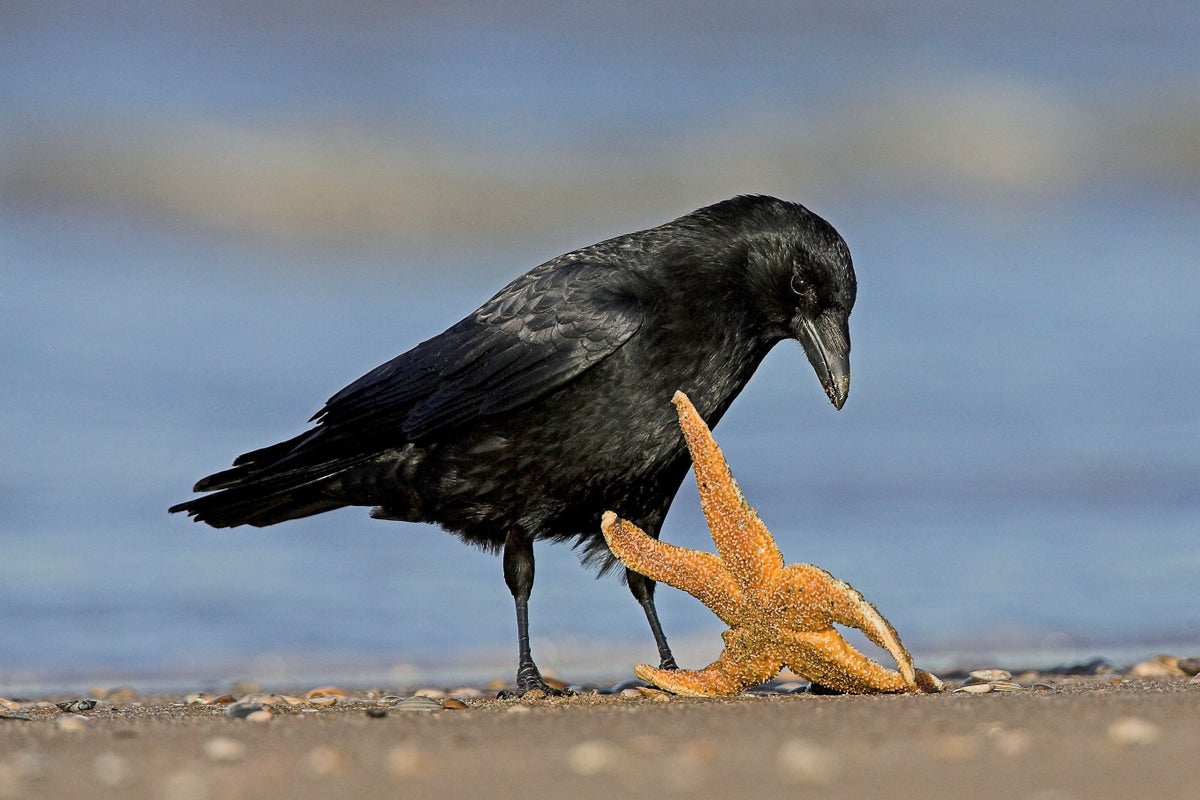Now Reading: JWST Discovers Alien Planet Remnants Engulfed by Star
-
01
JWST Discovers Alien Planet Remnants Engulfed by Star
JWST Discovers Alien Planet Remnants Engulfed by Star

Rapid Summary
- NASA’s James webb Space telescope (JWST) studied ZTF SLRN-2020, the first recorded planetary engulfment event located 12,000 light-years away in the Milky Way galaxy.
- Initial reports suggested a star swelled into a red giant adn engulfed its nearby planet. however, new observations reveal that the planet gradually spiraled into its host star instead of being directly swallowed.
- The planet was about the size of Jupiter but orbited closer to the star than Mercury orbits our Sun, eventually falling into the star due to orbital decay.
- JWST identified two distinct aftermath features: cooled dust forming a large halo around the area and a thin ring of molecular gas closer to the star-both effects caused by interactions during this cosmic merger.
- Scientists beleive further study can expand understanding of planetary-star interactions and similar events that may someday occur in our solar system when Earth’s Sun ages.
Indian Opinion Analysis
The observations by JWST not only refine previous conclusions on planetary engulfments but also highlight meaningful advancements in astrophysical tools like MIRI and NIRSpec. From an Indian standpoint, thes discoveries emphasize opportunities for collaboration between global space research entities like NASA and ISRO’s own expanding interstellar ambitions through programs such as India’s Aditya-L1 solar mission or future deep-space explorations.
Understanding phenomena like orbital decay could enrich theoretical models used for navigation systems or satellite monitoring back on Earth-a developmental direction India may explore further within space sciences or defense technologies featuring high-orbit satellites reliant on precise trajectories.
Such intergalactic research also drives curiosity among India’s growing scientific community while underscoring how investments in astrophysics are yielding insights vital not just globally but perhaps existentially given forecasts surrounding stars swallowing planets-including speculations about future phases of our own Sun’s lifecycle.Read more: Scientific American
























